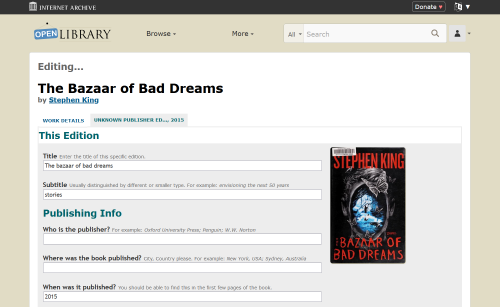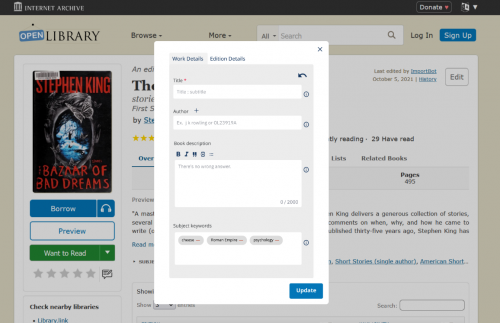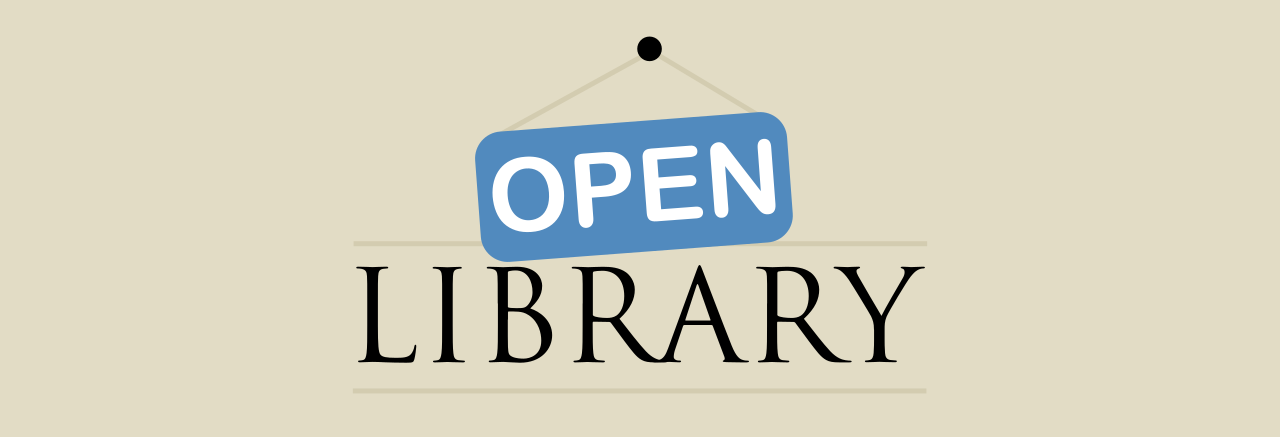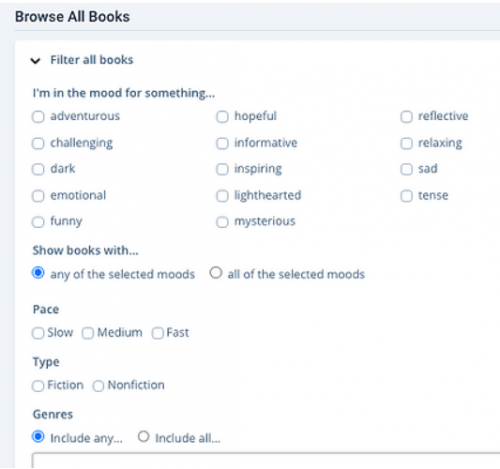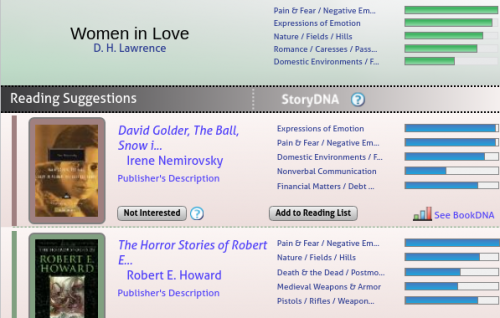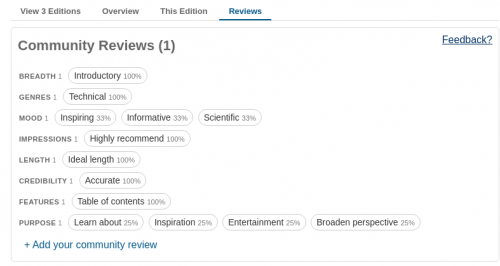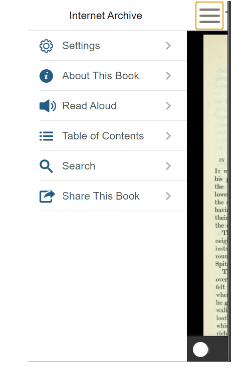On most days, the Open Library is hard at work improving the experience it offers to students and teachers in classrooms. But for the past few months, Open Library has had the privilege of enjoying contributions from 7 students around the globe who had been assigned by their universities to participate on open source software projects.
First and foremost, the entire Open Library community extends our deep gratitude to AUEB / Athens University of Economics and Business‘s Dr. Diomidis Spinellis (professor of Software Engineering, who taught the course Software Engineering in Practice) and NYU‘s Dr. Joanna Klukowska (Clinical Associate Professor of Computer Science, who taught the course CSCI-UA.0480-061, Open Source Software Development) for incorporating open source contributions into the curriculum of their classrooms. As we hope you’ll see, the decision to promote hands-on development has an outsized impact on supporting open source projects like ours.
In the spring semester of 2022, four students from Greece’s AUEB (Constantina Z., Vassilis B., Dimitris B., and Philippos P. / Φιλιππος Π.) and three students from NYU (Michelle T., Crystal C., Chloe Q.) spent time participating in community calls, problem solving, and improving the Open Library service for the public. In return they received mentorship and first-hand experience learning how to contribute to a platform trusted by millions of international readers.
This year, the foci of Open Library’s roadmap is improving core experiences for patrons. Towards this goal, each of these students exceeded our expectations by contributing meaningful improvements like: Chinese internationalization of the website, google analytics to help inform us on meaningful ways to improve the organization of the website, fixing broken mobile navigation for our Books Page, UI improvements for sharing books on social media, adding APIs for Trending Books, and much more. We’re extremely proud of and grateful for the work these students were able to contribute.
In the past, Open Library has reserved a special honorary title of “Open Library Fellow” for exemplary contributors who have demonstrated exceptional commitment, leadership, and impact with the Open Library project. Our list of previous Fellows include Sabreen Parveen (who designed our onboarding experience), Yash Saravgi (who developed our mobile Progressive Web App), and Bharat Kalluri (who helped standardize our import pipelines). Each dedicated several months implementing features which redefined core behaviors and experiences of the Open Library.
This year, we believe one student in particular, Constantina Zouni, stands out as being especially deserving of this special Fellowship distinction, for her initiative, participation in engineering and design process with stakeholders, and outstanding work ethic.
Please join us in celebrating the work of this 2022 international student cohort, sharing our gratitude, and congratulating Constantina on her inspiring example.
Improving Experiences for Open Library Patrons
By Constantina Zouni

As this semester of my studies is coming to an end, I want to do a retrospect about my experience with the open library project.
My Journey with Open Library
In the beginning of the semester my professor Dr. Diomidis Spinellis for the course “Software Engineering in Practice” announced that in the context of an assignment we had to choose an open source project to make contributions thought out the semester. As a result, I started searching for a project and I was lucky to quickly find open library’s repository. Some of the main reason that made me to choose that project is that the community was very friendly and really open to contributors. The documentation of the project was really detailed and there were videos that helped me understand how the project works. Also, another good thing was that the issues of the project were well organized with labels and the context was explanatory enough. Moreover, the project seemed to be very active with quick responses in the comments section and pull request merges almost every day. After the first communication with the team everything went very smoothly. I was welcomed in the slack channel, and I was invited to participate in the weekly meetings. Mek quickly stepped in and helped me to get started. Because that period was busy and contributors from other universities also chose to contribute to open library the project’s team made effort to create a GitHub project and assign issues to everyone. I started solving minor issues related with text appearing when not needed, adding the subtitle to the search results and some UI improvements. Ultimately, in collaboration with another student from my university Vassilis Bubis we created the twitter social card that enables users to share their book lists. Through out the whole period that I contributed to the project I was impressed that Mek and the other members of the open library team dedicated time answering our messages and even jumping on small zoom meetings.
Book page header in mobile
One of the issues that I think had a big impact in the open library users is the improvement of the book page header in the mobile environment. When users visited a book page from mobile the experience wasn’t that pleasant. The book title and other important information like the author, the subtitle etc didn’t fit in the phone screen and the user had to scroll down to see them. The issue was more significant in the cases where the book covers were ambiguous, and it made difficult for the user to understand if they were in the correct page. Jim Champ recommended to follow a specific layout for the book page in mobile in order to fit all the important information in the mobile page. The challenge was the layout had to be different depending on the device of the user. My first implementation involved some java script code that change the order of the elements and an event listener that was activated when the screen had a specific size. The open library team quickly informed me that this implementation was causing a delay in the loading of the page, and they recommended me to use HTML and CSS. This time with a new implementation and the help of Jim Champ who was reviewing my pull request I managed to solve the issue using an HTML file that included only the title summary and some CSS commands.
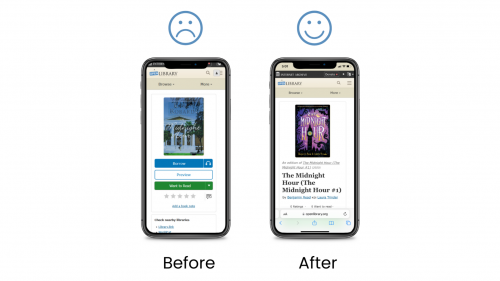
Dynamic book list preview for sharing
This new feature was a little more challenging than the previous one. This time I collaborated with Vassilis Bubis in order to create a dynamic preview for the book lists of the users that displays the first 5 books of the list. Then this preview is passed to the twitter social card and every time a user wants to share a list with the URL the preview image appears. This is a more interactive way for users to show their book lists to others and makes open library more recognizable across twitter users. The first challenge was to create a mock-up of the preview. To achieve that I used a design tool called Figma to create prototypes with different colour combinations and I let the open library team to decide which on they like more. For the design I used colours from the open library’s webpage, and I added a twist in the preview that represents a self where the books are placed. Alongside with the mock-ups Vassilis worked on retrieving the book covers that we need and place them above the background with the help of a Python library called Pillow. Then I stepped in, and I made sure that every book cover was resized in a way proportional to the original dimensions that it had. We noticed that some covers were stretching so it was important that every time we changed the width of a cover the height was adjusted properly. Another challenge was the text that we wanted to add in the preview. The text had to change dynamically, and we had to change line every time the characters exceeded a specific number to achieve an aesthetically pleasant result. One issue that we faced was that the coordinates of the covers that we had figured out with Figma had to change because in python the coordinates are applied from upper left corner compared to Figma that apply to the center of an image. After solving that Vassilis and I proceeded on storing the image in an in-memory binary array for better performance and finally creating the API for the list page.
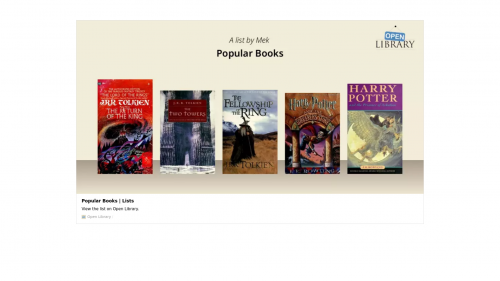
Book page editing improvement
While working on some issues in the book page I realised that compared to other library webpages open library gives users the ability to edit the details and the information of a book. That feature is very valuable because users can add important details for a book that were missing when it was added, they can update that information and they can add descriptions and subjects that might be useful for other users. Although this feature is really important the editing user interface is not that pleasant. When users click on the edit button, they are directed to another page. My recommendation regarding that is to use a modal that pops up when the button is clicked. In that way users will feel like they have more control because they won’t be directed to another page, and they can still see the book page behind the modal. Another issue with the existing editing form is that users can discard the changes with the cancel button, but they can’t undo a change without deleting all the changes. In the mock-up that I created I added an arrow in the right upper side that symbolizes the undo action. I noticed that the examples for every field were placed next to the field title, and I opted to move them inside the text box for a clearer look. Finally, I added the info symbols beside every field that provides details on how you should fill out that specific field. Overall, the purpose of those recommendations is to make the booking editing more simple, compact and user friendly.
